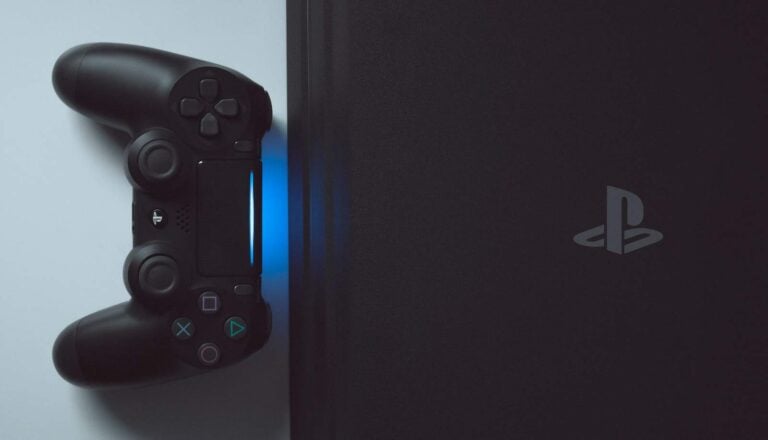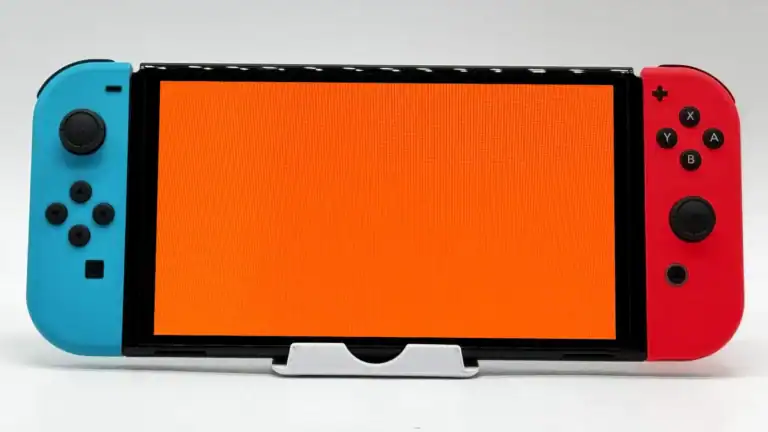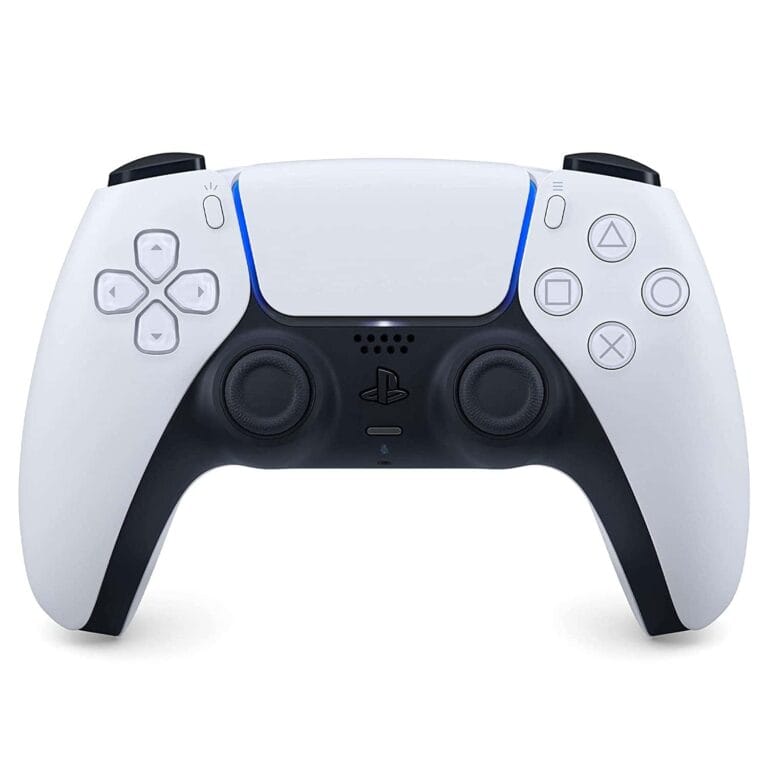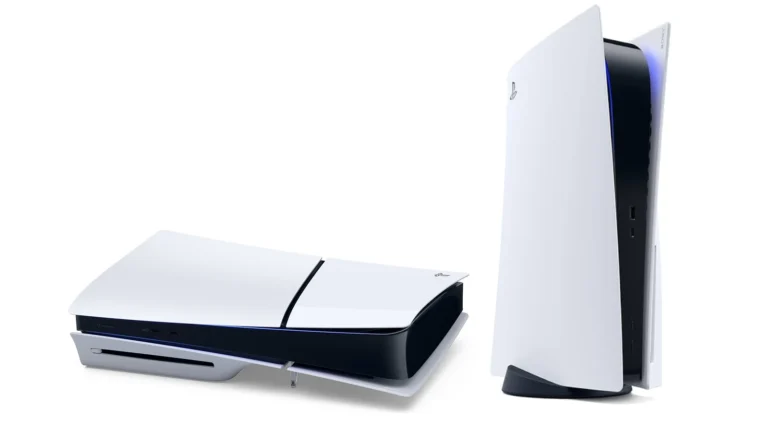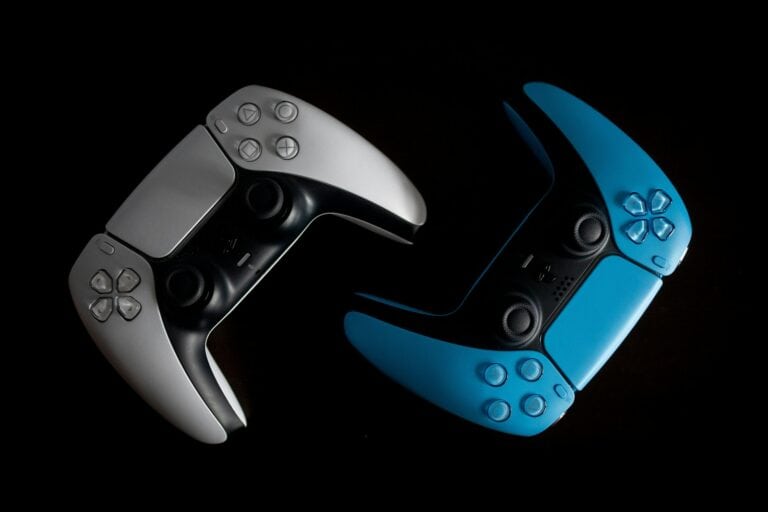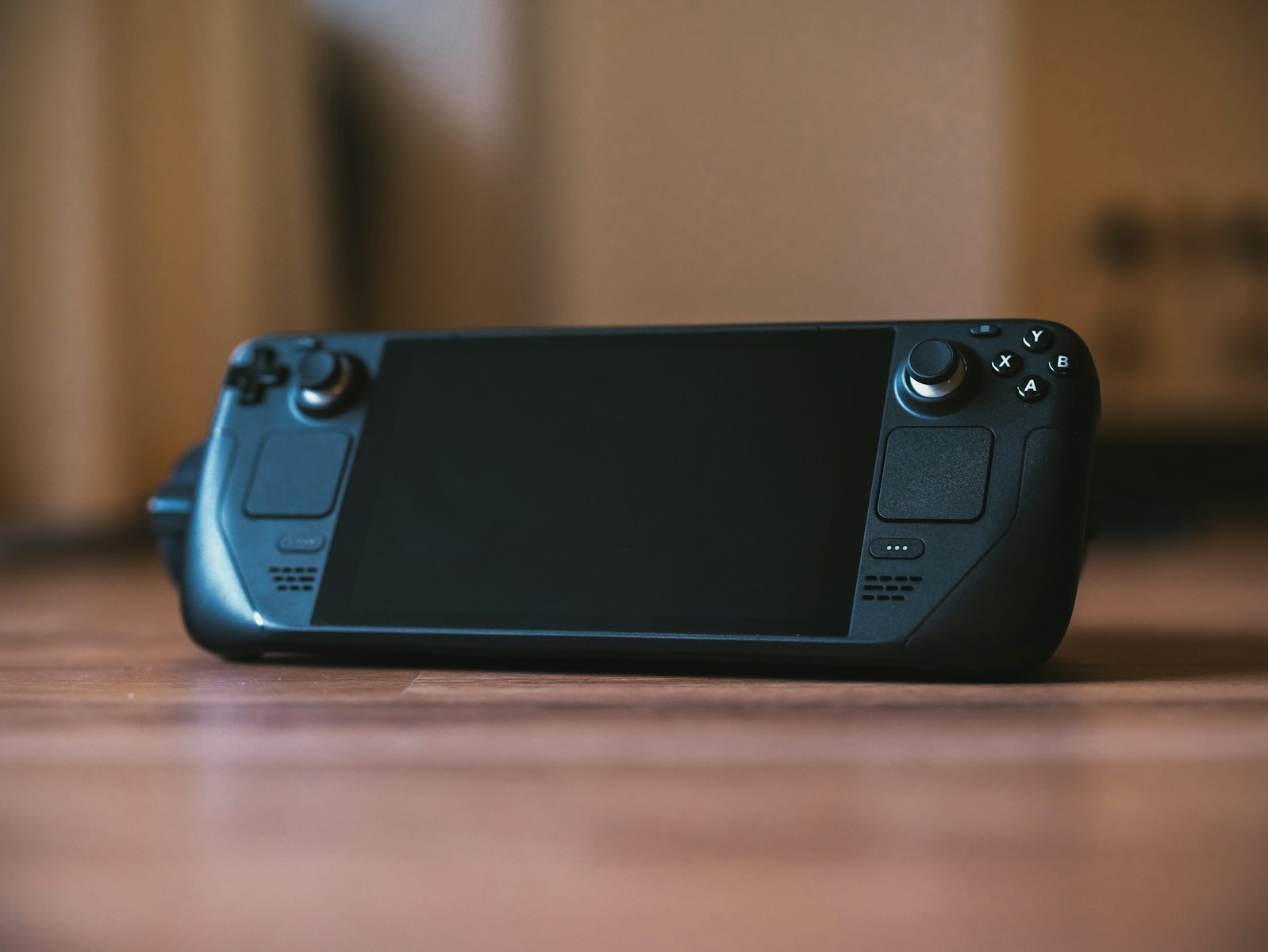
The gaming world is buzzing with excitement as fresh reports suggest Microsoft may finally enter the handheld console market with an Xbox-branded device. Rumored to launch as early as 2025, this new handheld could shake up a segment currently dominated by Nintendo’s Switch and Valve’s Steam Deck. If the rumors hold true, this would mark Microsoft’s first serious foray into portable hardware—bringing the power of the Xbox ecosystem into gamers’ hands, wherever they go.
A Long-Awaited Move by Microsoft
For years, Xbox fans have speculated about a portable Xbox console, but Microsoft has remained cautious. Instead, they leaned heavily on cloud gaming through Xbox Cloud Gaming (formerly known as xCloud), which allows users to stream Xbox titles on mobile devices. While impressive, cloud gaming has its limitations—latency issues, reliance on stable internet, and lack of true offline play have prevented it from being a full substitute for dedicated hardware.
That could all change soon. According to recent leaks from reputable sources like The Verge and PC World, Microsoft is collaborating with hardware partners, including ASUS, to develop a handheld gaming device, internally codenamed “Keenan.” The device is rumored to run a Windows-based operating system with a custom Xbox launcher. That means it wouldn’t just be an Xbox cloud gaming machine—it could potentially run native Windows games, Game Pass titles, and even third-party apps like Steam and Epic Games Store.
What We Know About Project Keenan
Project Keenan appears to be a hybrid device that bridges the gap between Xbox and PC gaming. Early reports suggest the device will feature:
✅ Xbox Game Pass integration, offering a massive library of games from day one.
✅ Access to the Microsoft Store, Steam, and other PC storefronts.
✅ Xbox-first design language, including the familiar Xbox guide button and a controller layout that feels instantly recognizable to Xbox users.
If true, this would offer a more versatile experience than both the Steam Deck and ASUS ROG Ally, which also run Windows but lack Xbox’s first-party polish and Game Pass baked in at the system level.
The Bigger Picture: A Unified Xbox-Windows Ecosystem
Microsoft’s rumored 2025 handheld may be just the beginning. The company is also said to be working on a fully proprietary handheld system—separate from any third-party partnerships—slated to launch alongside the next-gen Xbox console in 2027. This aligns with Microsoft’s broader vision of a unified gaming ecosystem, blurring the lines between console and PC.
Phil Spencer, Microsoft Gaming CEO, has frequently hinted at a desire to break down platform barriers. A dedicated Xbox handheld would allow the company to compete directly with the Nintendo Switch’s hybrid flexibility and Steam Deck’s powerful portability—while maintaining seamless integration with Xbox Live, Game Pass, and cloud services.
How Would Xbox Compete?
Let’s look at the competition:
- Nintendo Switch: The best-selling hybrid console to date, but technologically aging, with its successor (unofficially dubbed “Switch 2”) reportedly targeting a 2025 release.
- Steam Deck: A powerful handheld PC that runs SteamOS by default, offering strong PC gaming capabilities but requiring tinkering for broader compatibility with non-Steam titles.
- ASUS ROG Ally & Lenovo Legion Go: Both offer Windows-based handheld experiences but come with their own compromises, particularly on battery life and software polish.
Microsoft could bring its strengths—deep integration with Game Pass, cloud sync, achievements, and Xbox Live communities—directly into portable hardware. Combined with access to PC titles and streaming options, a dedicated Xbox handheld might deliver a best-in-class hybrid solution.
What About the Hardware?
Details on the specs remain under wraps, but there’s speculation about AMD custom chips powering the device, similar to what’s inside the Steam Deck and ROG Ally. Expect a balance of performance and battery life, likely optimized for both Game Pass streaming and local gameplay.
Given Microsoft’s recent push for ARM architecture and energy-efficient computing, some analysts believe the company could innovate in areas where competitors fall short—such as battery life and thermal management.
Why This Matters
Microsoft entering the handheld space is significant. While Sony retreated from handhelds after the PS Vita, and Nintendo thrives in the hybrid space, Microsoft has never launched portable Xbox hardware. Their approach until now has centered on services—Game Pass, cloud gaming—but hardware remains the missing link. With handheld gaming resurging and mobile devices getting stronger, Microsoft’s timing couldn’t be better.
If successful, an Xbox handheld could redefine how we think about portable gaming, offering gamers an all-in-one device for cloud, PC, and Xbox experiences.
Key Takeaways
- An Xbox handheld gaming device could launch in 2025, expanding your portable gaming options beyond current market leaders.
- The rumored device would integrate with Xbox Game Pass and cloud services, potentially offering a seamless Xbox experience on the go.
- Microsoft appears to be developing a long-term hardware strategy with both handheld options and a full next-gen console planned for the coming years.
Xbox Handheld Evolution
Microsoft’s journey into portable gaming marks a significant shift in their hardware strategy. The upcoming Xbox handheld represents years of evolution in gaming technology and Microsoft’s response to changing market demands.
From Original Xbox to Portable Gaming
The Xbox brand has come a long way since the original console launched in 2001. Microsoft’s focus has traditionally been on powerful home consoles rather than portable gaming devices.
While Nintendo dominated the handheld market with GameBoy and DS systems, Xbox concentrated on creating living room experiences with the Xbox, Xbox 360, Xbox One, and Xbox Series consoles.
The shift toward portable Xbox gaming began gradually with cloud gaming services like Xbox Game Pass Ultimate, allowing you to play Xbox games on mobile devices and tablets.
Recent reports indicate Microsoft is now preparing an Xbox handheld device for release later in 2025. This represents a major pivot in Microsoft’s hardware approach.
The new device will likely bridge the gap between traditional Xbox experiences and on-the-go gaming that players increasingly demand.
Comparison with Competitors’ Offerings
Microsoft’s entry into handheld gaming puts it in direct competition with established portable gaming devices:
Nintendo Switch:
- Market leader in handheld gaming
- Hybrid console/portable design
- Strong first-party game library
- Lower technical specifications than Xbox
PlayStation Portal:
- Sony’s remote play device
- Streams games from PS5 console
- Limited to within-home network use
- Not a standalone gaming device
The upcoming Xbox handheld will likely offer advantages over these competitors, potentially including Xbox Game Pass integration, cloud gaming capabilities, and access to Xbox’s extensive game library.
Unlike Sony’s PlayStation Portal, reports suggest the Xbox device will function as a true standalone gaming device rather than just a streaming accessory.
You can expect Microsoft to leverage its PC gaming ecosystem, potentially allowing the handheld to run both Xbox and PC games.
Current Landscape of Handheld Gaming
Handheld gaming has transformed dramatically in recent years, with powerful devices now offering console-quality experiences on the go. The market has expanded beyond traditional gaming companies to include PC manufacturers and tech giants.
The Rise of the Nintendo Switch
The Nintendo Switch revolutionized handheld gaming when it launched in 2017, creating a hybrid console that works both at home and on the go. With over 140 million units sold, it’s become one of the most successful gaming devices of all time.
Nintendo’s approach focused on flexibility and first-party exclusives rather than raw power. Games like Breath of the Wild, Mario Odyssey, and Animal Crossing drove massive adoption across diverse demographics.
The Switch proved gamers value portability even with graphical compromises. This success validated the handheld market after many considered it dead following smartphone gaming’s rise.
The OLED model refresh in 2021 showed Nintendo’s commitment to the form factor, though many now anticipate a true successor as the hardware shows its age against newer competitors.
Valve’s Steam Deck Impact
Valve’s Steam Deck dramatically changed expectations for handheld gaming when it launched in 2022. This PC-in-your-hands approach allows you to play your entire Steam library anywhere.
Unlike closed ecosystems, the Steam Deck runs on Linux with Windows compatibility, giving you unprecedented freedom for a handheld device. Its varying storage tiers and dock accessories created a flexible ecosystem for different user needs.
The Steam Deck’s success caught many by surprise, with extended waiting lists during its initial launch. It demonstrated significant demand for PC gaming on the go.
What makes the Steam Deck particularly relevant to Xbox’s rumored handheld is its proof that Windows-compatible gaming handhelds can succeed commercially. Valve showed that with the right price point and performance balance, consumers will embrace portable PC gaming.
Other Players: Asus, MSI, and Lenovo
Traditional PC manufacturers have entered the handheld gaming space with impressive options. Asus ROG Ally made waves as a Windows-based alternative to the Steam Deck, offering stronger performance in a lighter package.
MSI’s Claw followed with Intel processors, while Lenovo Legion Go featured a unique detachable controller design. These devices typically run Windows natively, avoiding Steam Deck’s compatibility layers.
The key advantage these manufacturers bring is their expertise in cooling, displays, and hardware optimization. Their devices often feature:
- Higher refresh rate screens (120Hz+)
- Windows 11 pre-installed
- More powerful AMD or Intel processors
- Varying form factors and control schemes
These companies have created a competitive landscape where innovation happens rapidly. Each new device pushes boundaries on battery life, performance, or unique features.
This dynamic market is precisely what Xbox is reportedly entering in late 2025, joining an increasingly crowded but growing segment.
The Anatomy of Project Keenan
Microsoft’s rumored handheld gaming device, codenamed Project Keenan, appears to be combining cutting-edge hardware with seamless software integration. The device is expected to feature next-generation AMD components and robust Windows functionality.
AMD Zen 5 CPU and RDNA 5 Integration
Project Keenan will likely utilize AMD’s Zen 5 CPU architecture, representing a significant leap in portable gaming performance. This processor choice aligns with Microsoft’s existing relationship with AMD, which powers the current Xbox Series consoles.
The integration of RDNA 5 graphics technology would provide you with desktop-class visual capabilities in a handheld form factor. This would enable the device to run demanding games with stable framerates and higher resolutions than typical handhelds.
Industry analysts suggest the CPU-GPU combination could deliver performance approaching that of mid-range gaming laptops, but optimized for battery efficiency. This balance is crucial for a handheld device where thermal management and battery life are significant concerns.
The RDNA 5 integration specifically would give you access to advanced features like ray tracing and variable rate shading in a portable form factor.
Windows 11 Compatibility and Xbox Game Pass Integration
The handheld is reportedly designed with Windows functionality, potentially running a specialized version of Windows 11. This would make Project Keenan more versatile than dedicated gaming handhelds.
You’ll likely have access to your existing PC game libraries alongside Xbox titles. The device would offer seamless Xbox Game Pass integration, giving you immediate access to hundreds of games without additional purchases.
Cloud gaming through Xbox Game Pass Ultimate would complement the onboard hardware, letting you play games beyond the device’s physical capabilities. This hybrid approach to gaming could make Keenan an exceptionally versatile platform.
The UI will likely feature Xbox design elements, including the signature Xbox guide button for a familiar experience.
Potential Hardware Specifications
While exact specifications remain speculative, Project Keenan will need substantial RAM (likely 16GB or more) and fast storage options to handle modern gaming demands. A high-resolution, high-refresh-rate display between 7-8 inches is expected.
Battery life will be a critical factor, with Microsoft potentially aiming for 4-6 hours of active gaming. The device will need efficient cooling solutions to maintain performance during extended gaming sessions.
Connectivity options will likely include:
- Wi-Fi 6E or better
- Bluetooth 5.3+
- USB-C for charging and peripherals
- Possible SD card expansion
Physical controls may include standard Xbox controller inputs with additional touch capabilities and gyroscopic aiming. Ergonomics will be crucial, as Microsoft needs to balance comfort with portability for extended gaming sessions.
The device is expected to launch before the end of 2025, potentially through a partnership with an established hardware manufacturer.
Insider Insights and Development News
Several gaming industry insiders have shared exciting details about the upcoming Xbox handheld device. Multiple sources point to a potential launch in late 2025, with development reportedly progressing well behind the scenes.
Words from Phil Spencer
Phil Spencer, Microsoft’s Gaming CEO, has been carefully managing expectations about Xbox’s handheld plans. While he hasn’t officially confirmed the device, his recent comments hint at Microsoft’s interest in the portable gaming space. During a podcast appearance in January, Spencer acknowledged the success of devices like the Steam Deck and ROG Ally.
“We’re always looking at how players want to enjoy their games,” Spencer noted. “The handheld market has shown there’s real demand.”
Spencer has emphasized that any Xbox portable would need to deliver the core Xbox experience rather than just being another Windows device with Xbox branding. You might remember his comments about ensuring Game Pass would be central to any new hardware initiative.
Keenan’s Design and Prototyping
According to insider reports, Microsoft’s hardware team led by Keenan has been working on several prototypes for the Xbox handheld. The design reportedly features:
- Custom AMD APU similar to the Series S architecture
- 7-inch touchscreen display
- Traditional Xbox controller layout with adaptive triggers
- Custom cooling solution for sustained performance
The prototypes have gone through multiple iterations to balance performance and battery life. You’ll find the design language consistent with existing Xbox hardware, maintaining brand identity while introducing portable-friendly ergonomics.
Keenan’s team is reportedly focusing on durability and comfort for extended gaming sessions, addressing common complaints about competing handhelds.
Fan Speed, TDP, and Refresh Rate Discussions
Technical specifications are central to the handheld’s development process. Reports suggest Microsoft is prioritizing thermal efficiency with variable fan speeds that adjust based on workload.
The device reportedly targets a 15W TDP with boost capabilities up to 20W for demanding games. This puts it in line with competitors while potentially offering better optimization for Xbox titles.
Refresh rate options are rumored to include:
| Setting | Refresh Rate | Battery Impact |
|---|---|---|
| Standard | 60Hz | Balanced |
| Performance | 120Hz | Higher drain |
| Battery Saver | 30Hz | Extended life |
You’ll appreciate how the variable refresh rate technology aims to provide smoother gameplay while conserving battery when needed. The cooling system reportedly keeps fan noise below 40dB even under full load, addressing a common complaint with other gaming handhelds.
Challenges and Opportunities
Creating a handheld Xbox device presents Microsoft with unique hurdles to overcome but also exciting possibilities in the portable gaming space. The success of the rumored Project Keenan will depend on how well the company navigates these complex factors.
Balancing Power with Portability
The biggest challenge you’ll notice with any handheld Xbox will be the power-to-portability ratio. Microsoft needs to deliver enough processing capability to run Xbox games without making the device too bulky or heavy.
Battery life remains a critical concern – how do you balance high-performance gaming with reasonable play time between charges? The rumored handheld might solve this by using a Windows 11-based system optimized for portable use.
Heat management is another significant hurdle. Powerful components generate substantial heat in confined spaces, requiring innovative cooling solutions without adding excessive weight.
Price point will be crucial – too expensive and casual gamers won’t bite, too cheap and performance suffers. Finding that sweet spot between premium feel and accessible cost could determine the device’s success.
Market Positioning Against Sony and Nintendo
Microsoft faces stiff competition from established portable gaming leaders. Nintendo dominates with the Switch, which has sold over 140 million units through its family-friendly approach and unique hybrid design.
Sony hasn’t released a dedicated handheld since the PlayStation Vita but maintains a strong presence through Remote Play options for PlayStation games on mobile devices.
You’ll need to consider what unique value proposition an Xbox handheld offers compared to competitors. Will Microsoft focus on Game Pass integration as its killer feature? This subscription service could be a major differentiator.
The timing of the release matters significantly. With reports suggesting a 2025 launch, Microsoft might position this device as a stopgap before full next-generation consoles expected around 2027.
The Future of Xbox Handheld Gaming
Microsoft’s portable gaming plans are evolving rapidly with exciting developments on the horizon. The company appears ready to expand beyond traditional consoles into the handheld space.
Next-Gen Console Predictions
The Xbox gaming handheld is expected later in 2025, positioning it as Microsoft’s entry into the portable gaming market. This device will likely bridge the gap until the full next-generation Xbox console reportedly targeted for 2027.
Industry analysts believe the Xbox handheld could feature similar architecture to devices like the Steam Deck, but with deeper integration into the Xbox ecosystem. You’ll probably see exclusive features that leverage Microsoft’s existing game library and services.
The handheld may include built-in Sebile controller functionality, offering direct cloud connectivity. This would differentiate it from competitors by making it not just a portable Xbox, but a dedicated cloud gaming device as well.
The Role of Xbox Series X and Cloud Gaming
Your current Xbox Series X will remain relevant even after the handheld’s release. Microsoft appears to be creating a complementary ecosystem rather than a replacement. The handheld will likely support cross-play and cross-progression with your existing Xbox games.
Cloud gaming will be central to the Xbox handheld strategy. You’ll be able to access your entire digital library without needing to download massive game files. This approach makes sense for Microsoft, leveraging their significant cloud infrastructure.
The announcement timing is crucial, with experts suggesting Microsoft will reveal the device in May or June 2025. This would position the handheld for a holiday release, maximizing its market impact.
Frequently Asked Questions
Xbox’s potential entry into the handheld market raises many important questions about features, competition, and industry impact. Enthusiasts want to know what to expect and how Microsoft might position itself against established competitors.
What features can we expect from a potential Xbox handheld console?
An Xbox handheld would likely include cloud gaming capabilities through Xbox Game Pass, enabling you to play console-quality games on the go. Reports suggest it would need to run at least four generations of Xbox games.
The device will likely feature custom AMD architecture, similar to the Series X|S consoles but optimized for portable form factor. Battery life will be a crucial consideration, with Microsoft needing to balance performance and longevity.
Physical controls would likely mirror the Xbox controller layout, potentially including adaptive triggers and haptic feedback to match competitor offerings. A high-quality screen with at least 1080p resolution would be essential for modern gaming experiences.
How might an Xbox handheld device compete with existing portable gaming systems?
Xbox’s major advantage would be immediate access to Game Pass’s extensive library, offering you hundreds of games at launch. This subscription model could disrupt the traditional portable gaming market.
The device would directly compete with Valve’s Steam Deck and potentially Nintendo’s Switch successor. Microsoft could leverage its cloud infrastructure to offer features beyond what competitors provide.
Price point will be crucial – market analysis indicates Xbox would need competitive pricing against established players while still offering premium features.
Has Microsoft announced any plans for a portable gaming unit to rival the PlayStation handheld?
Microsoft hasn’t officially confirmed an Xbox handheld, but industry insiders have reported active development. Windows Central claims that Xbox has hardware plans beginning with a gaming handheld.
The device is reportedly codenamed “Project Kennan” internally. Current rumors point to a 2025 release window, not during 2024 as some earlier speculation suggested.
Microsoft appears to be working with hardware partners rather than building the device entirely in-house. This approach mirrors their strategy with other hardware initiatives.
What implications would an Xbox handheld release have on the gaming industry?
An Xbox handheld could accelerate the industry’s shift toward subscription-based gaming models. Game Pass on a portable device might force competitors to rethink their content delivery strategies.
The portable Xbox might drive further consolidation in the gaming industry. Microsoft’s ability to leverage its vast game library could pressure smaller competitors.
Cross-platform play would likely see increased importance, with Microsoft pushing for greater integration between console, PC, and handheld experiences. This could benefit you through expanded multiplayer pools and more flexible gaming options.
Are there any credible leaks supporting the development of an Xbox handheld gaming device?
Multiple trusted gaming news outlets have corroborated the existence of an Xbox handheld project. Windows Central and other reliable sources have published details from insider information.
Hardware specifications remain largely speculative, though the device is expected to focus on Xbox Game Pass streaming with some local processing capability. Reddit discussions highlight skepticism about full native Xbox game compatibility.
Patent filings from Microsoft show ongoing research into portable gaming technologies, though these don’t confirm specific product plans.
What would differentiate an Xbox handheld from other products like the Steam Deck or PSP?
Xbox Game Pass integration would be the primary differentiator, giving you instant access to hundreds of games. This subscription model contrasts with Steam Deck’s à la carte purchases and older PlayStation handhelds.
Microsoft’s cloud infrastructure could enable features beyond what competitors offer, including seamless game streaming and progression syncing between your console, PC, and handheld.
The Xbox ecosystem would provide unique social features and achievements that carry across all your devices. This integration could make the handheld feel like an extension of your existing Xbox experience rather than a separate platform.

